mu Space’s first payload includes an assortment of scientific and medical items, several textile materials we plan to use on our future space suit and apparel, and other special articles for our community partners. The experiments contain,



Payload Missions
The combination of high altitude and low-gravity exposure provides an environment for a wide range of payloads ranging from basic and applied microgravity sciences to Earth and space science.
As a part of the company’s space program, in July 2018, mu Space sent its first experimental payload into space aboard Blue Origin’s New Shepard space rocket on its 9th mission to test how materials react in micro-gravity environment. The payload included a silicon bleeding-prevention device used in hospitals, a carbon nanotube, and a vacuum-sealed food product. Later mu Space had successfully sent payload to the boundary of space with the intention of raising public awareness, in the micro-gravity stages with Blue Origin New Shepard flights in May 2019 on its 11th mission and in December 2019 on its 12th mission.
In October 2020, mu Space sent an extra enormous payload, its 4th time aboarding Blue Origin’s New Shepard space rocket on their 13th mission, cooperating with TOT Public Company Limited (now National Telecom Public Company Limited) which incorporates a wide scope of electronic devices, and sensors for the estimation. Apart from that, mu Space also coordinates with a group of scientists, biologists, young students and famous Thai artists to send anti-disciplinary experiments for studying the effect of weightlessness and understanding of DNA Storage Preservation.
Blue Origin New Shepard Mission 9
- Various engineering experiment
- Symbolic unity of Thailand
- Team autograph
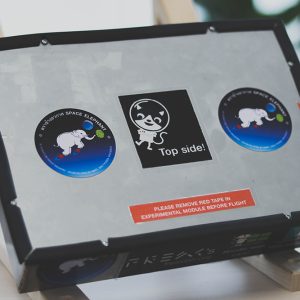
Blue Origin New Shepard Mission 11
mu Space’s second payload was one of the 38 payloads including experiments from a variety of schools, universities, government agencies and private companies, that were taken above the Karman line into space. We sent over a thousand signatures to space by cooperating with various organizations such as MIT Media Lab, Thai engineering teams, scientists, artists and groups of students. This initiative is an initial step to our plan for space travel and rocket prototype.

Blue Origin New Shepard Mission 12
The third payload includes new sensor system that we have been researching to measure the status of rockets such as motion detection, temperature, pressure, and humidity, and the experimental equipment from International School of Engineering, Faculty of Engineering, Chulalongkorn University (Chula ISE), which is an experiment to observe the status of substances P25 in the microgravity state.
Testing sensors in microgravity
Compared to telemetry from New Shepard
Accelerometer/gyroscope — MPU-6050
Pressure/humidity/temperature — BME280
GPS — NEO-6M
Water splitting experiment precursor
Test the precipitation of P25 solution in microgravity
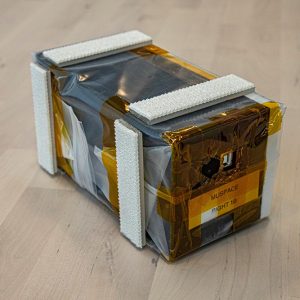
Blue Origin New Shepard Mission 13
The fourth payload was a collaboration with state telecom enterprise TOT, we succeeded in launching a server payload into space on October 13. The payload consists of three main modules along with a mini payload:
DNA experiment
Data Center (DC) – from TOT Public Company Limited
FGUX Experiments
3.1 FMX 1 – NASA projects; study fluid movement and glove humidity
3.2 GMCX – measure radiation in space
3.3 UFLMX – measure water balloon volume
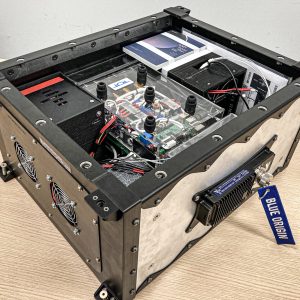

NASA SBIR
NASA SBIR/Tipping Point Solicitation Proposal
The NASA SBIR and STTR programs fund the research, development, and demonstration of innovative technologies that fulfill NASA needs as described in the annual Solicitations and have significant potential for successful commercialization

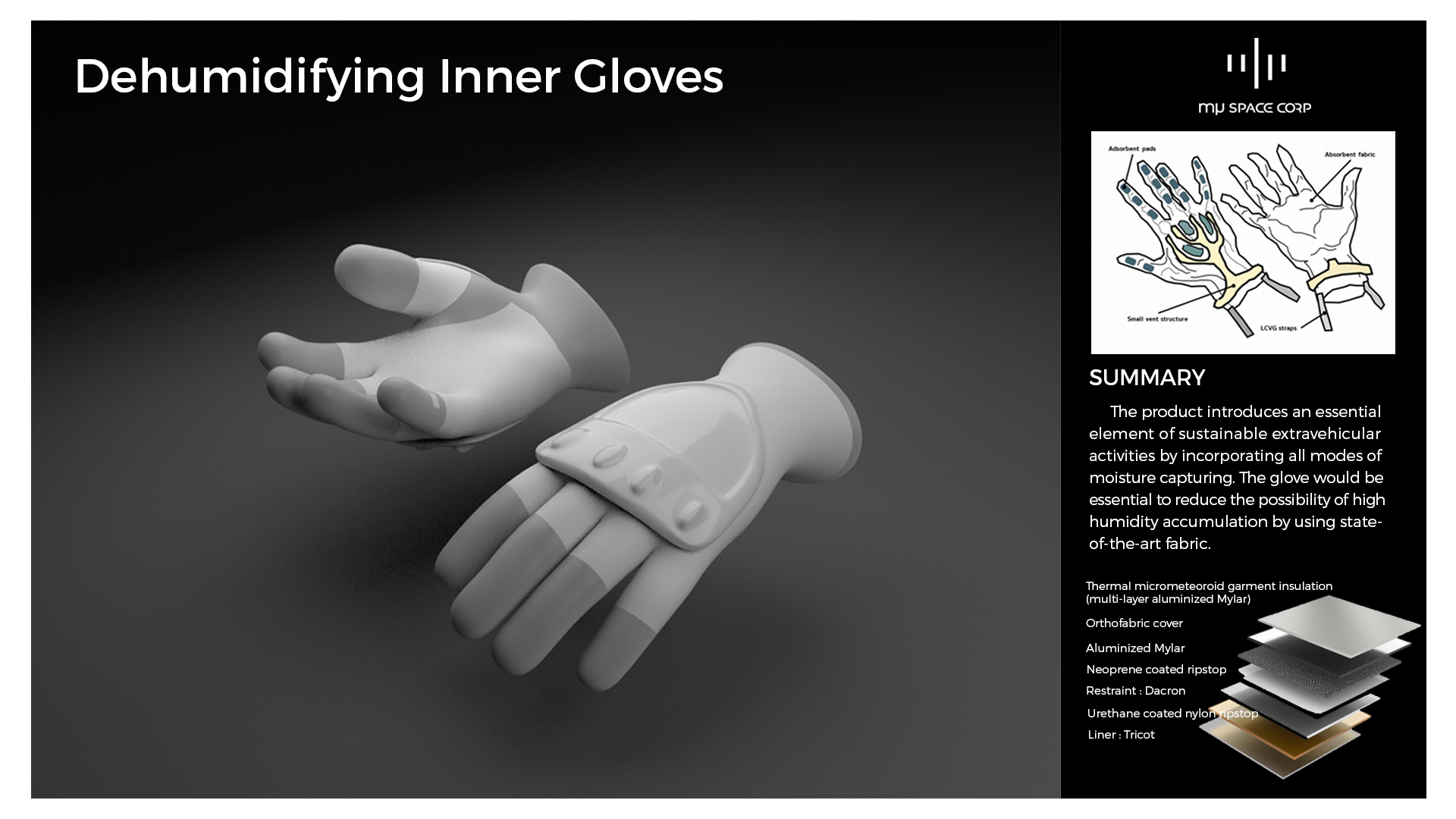
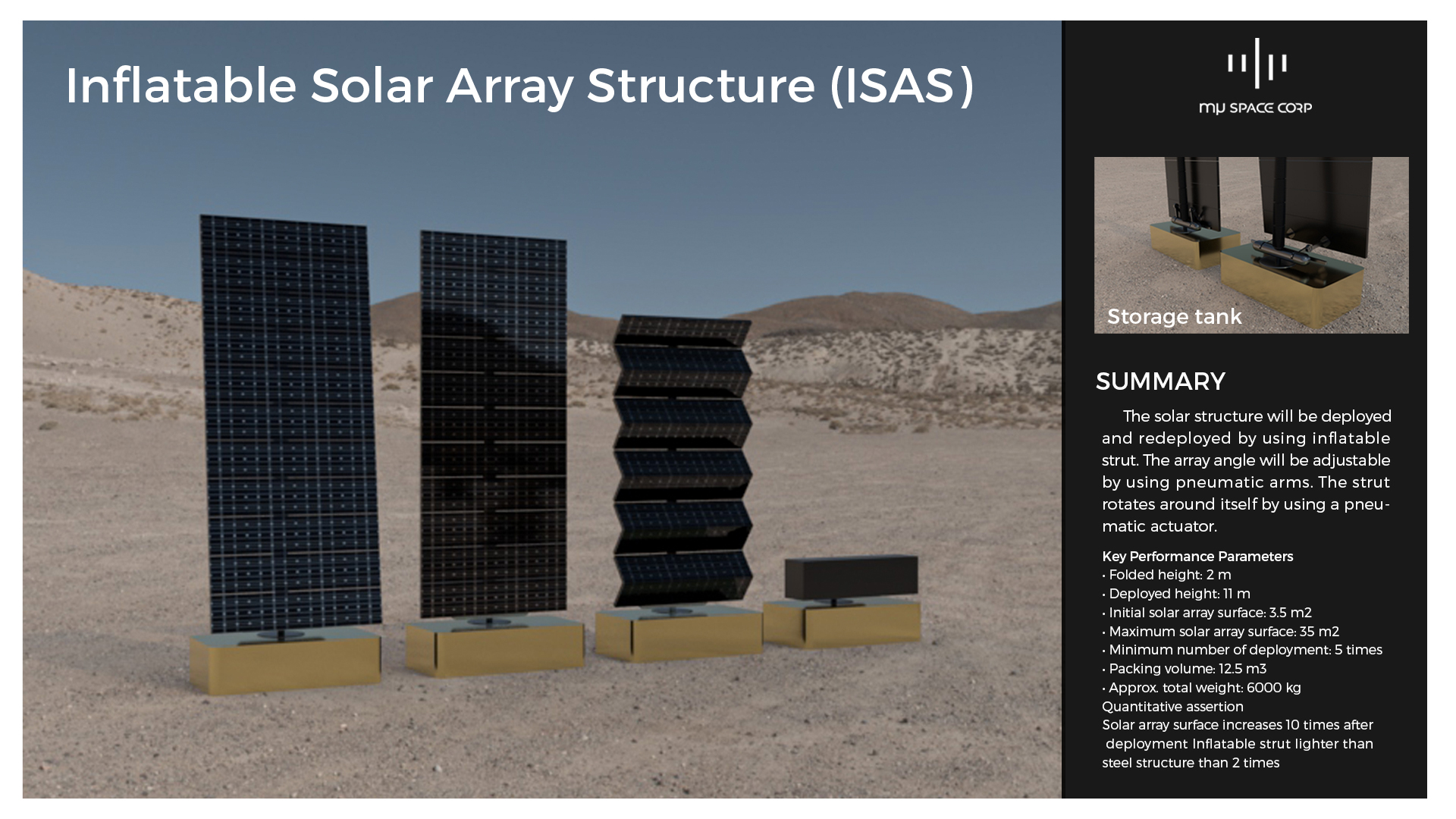
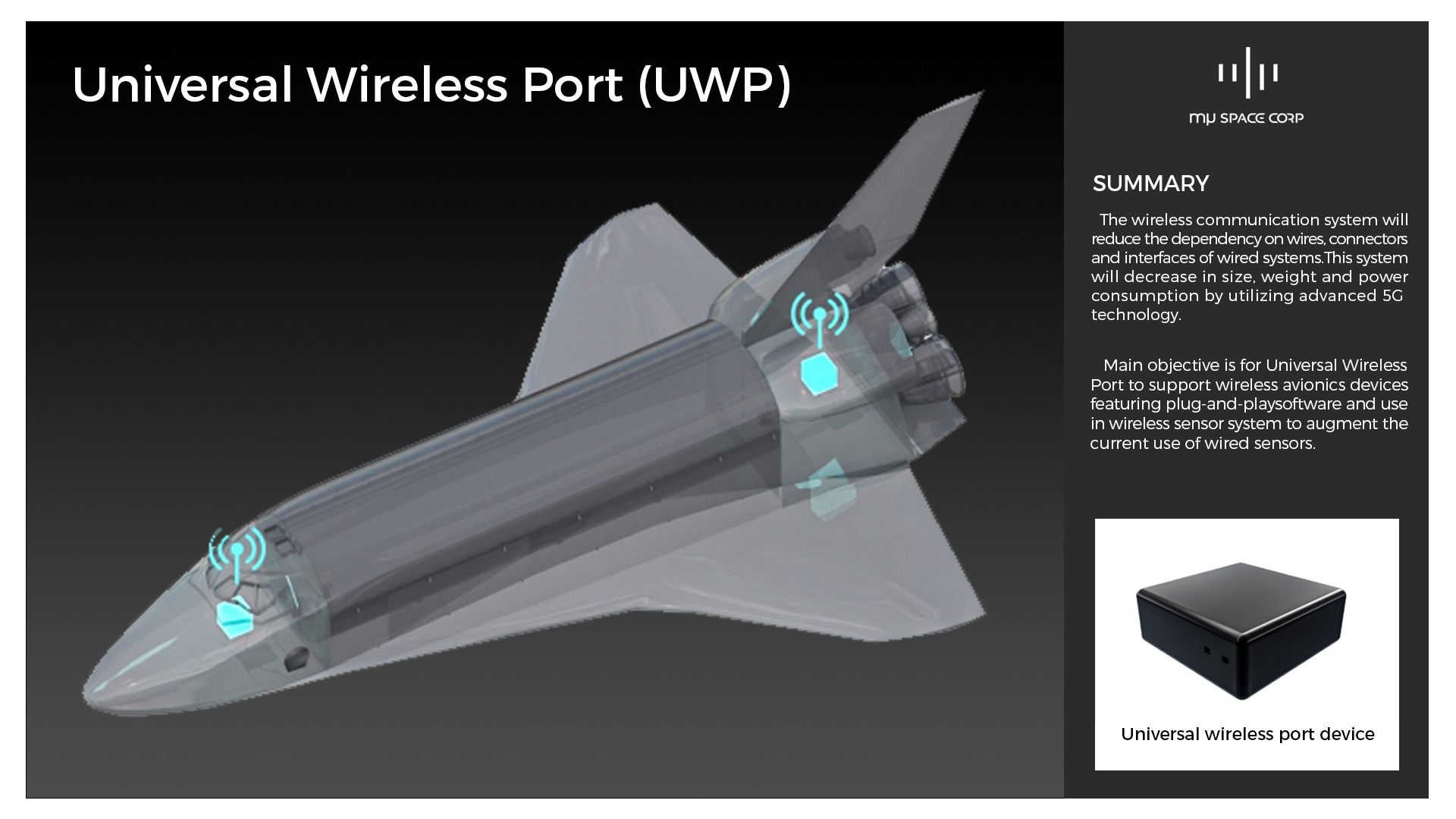
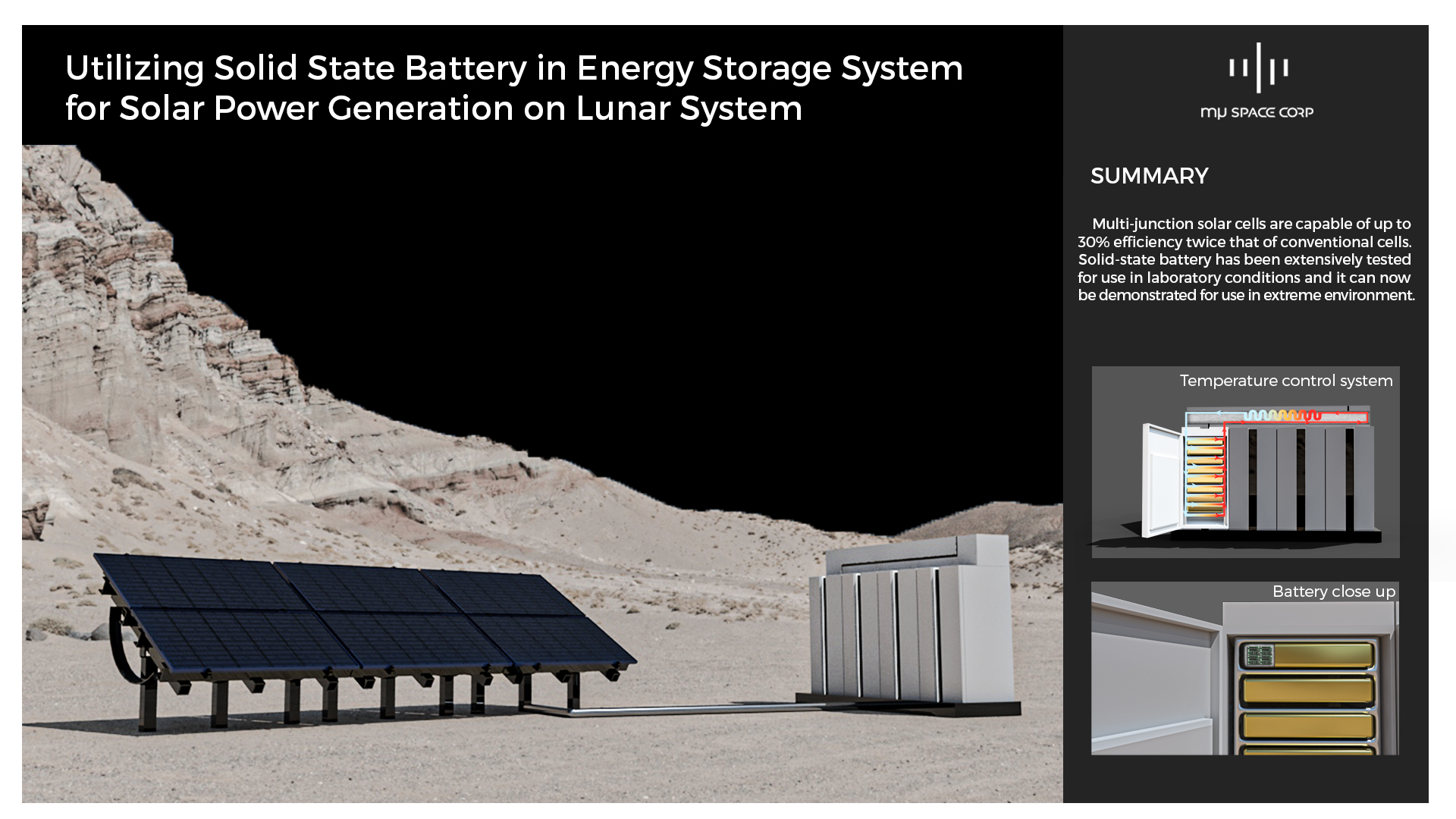
Next space mission
“We envision a future where a thousand miles apart is just a stone’s throw away”. mu Space is currently striving to construct a medium-sized factory to be a base for developing its own satellite and space technology such as planning to establish a spaceship or the first small space vehicle in Thailand, including seeking to find new resources outside the earth to solve resource depletion and overpopulation problems. mu Space’s ultimate goal is to build future infrastructure for human colonies and factories on the Moon, and to make space tourism become reality.
